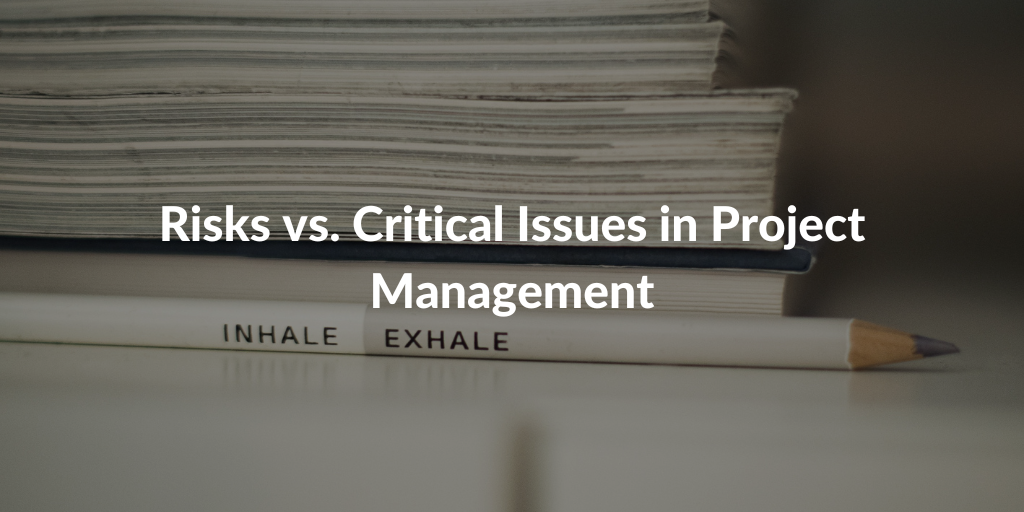There is often a tendency in project development to confuse the concepts of risk and critical issues. In this article we will clarify the meaning of the two terms and their characteristics.
Risks and Critical Issues: Definition
The PMI defines the concept of a Risk as follows:
An uncertain event or condition that, if it occurs, has a positive or negative effect on one or more project objectives.
Whereas critical issues, in the context of Project Management, are defined as:
An event that has occurred and is hindering the progress of the project and cannot be resolved by the Project Manager and project team alone.
Risks in Project Management
One of the best practices of Project Management is to prevent risks. Although a risk can have both a negative and a positive effect, the team, the Project Manager and the Risk Manager in particular must do preventive work in order to be prepared in case any of the highlighted risks occur:
- At the beginning of a project
- In an iterative manner
- At frequent and regular intervals (e.g. weekly)
- When Change Control is performed
- When milestones in a project are reached
Harry Hail theorised a 7-point methodology to identify risks:
- Talking to stakeholders, asking specific questions about the product and/or service to be realised
- Brainstorming with questions decided beforehand to resolve fundamental questions that will be answered by the team working together
- Make a checklist of the most common risks; the organisation may (and should!) already have one available. Obviously, a checklist contains general risks and does not consider those specific to the project in question
- Assumption Analysis: the PMBOK defines assumptions as ‘factors that must be considered true, real and certain without the need for demonstration‘. Assumptions are causes of risk
- Cause-effect diagrams: these help PMs to identify the causes of possible risks in order to eliminate them
- Nominal Group Technique (NGT); not all Project Managers are familiar with this brainstorming technique that consists of collecting all ideas and sorting them by priority
- Affinity Diagram: another brainstorming technique in which each team member is asked to make a list of risks and categorise them into groups
Critical Issues in Project Management
Addressing critical issues in order for the project to move forward is the responsibility of the Project Manager. The impact of critical issues on the project outcome always falls on the PM.
Critical Issues probably result from one of these two causes:
- Difficulty in completing an item/task that is already part of the project plan
- An item/task necessary for the completion of the project was not identified or included in the project plan
The difficulty related to the management of critical issues is the fact that they require immediate response and timely action. This means critical issues are carried out according to the risk identification phase, unless they come from areas that were not considered before. This process of identifying a critical issue and acting with an immediate response is called Issue Management.
Issue Management
Issue Management can be summarized in two main activities:
- Identify a work item needed to resolve the criticality: this could be either a task/milestone in the project plan that cannot be completed as planned or a new item that was not included in the project plan. Sometimes these work items are called action items and are associated with an ongoing project meeting (e.g. a weekly project status review meeting). Some Project Managers record these work items on the project issue register and review the list periodically
- Resolve the issue by ensuring that the work item is completed correctly
Conclusion
For a project to run smoothly, it is essential not to confuse the two concepts of Risk and Criticality, but to know how to deal with both situations in a timely manner and to be able to deliver a product/service that meets the requirements of the stakeholders.








